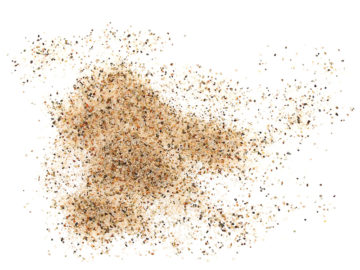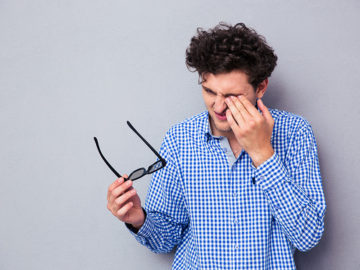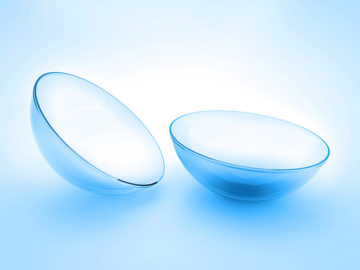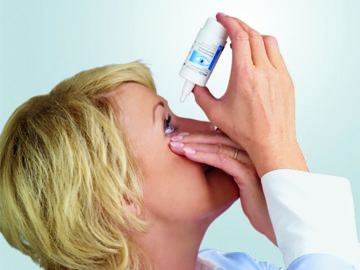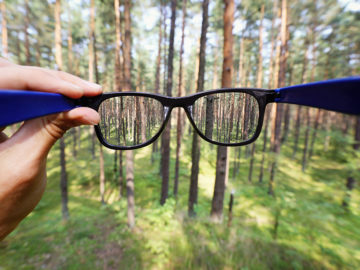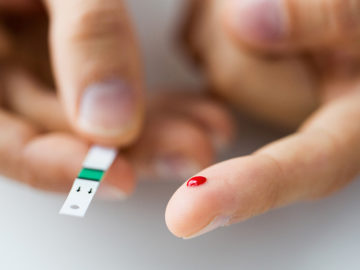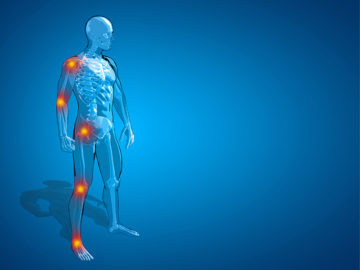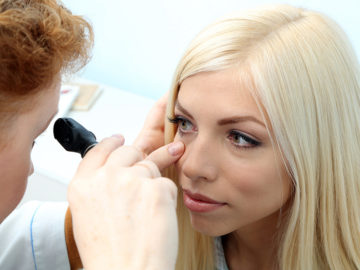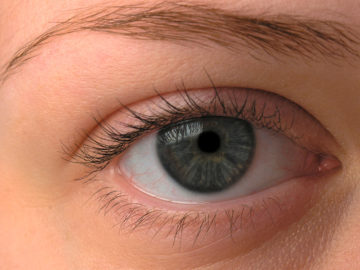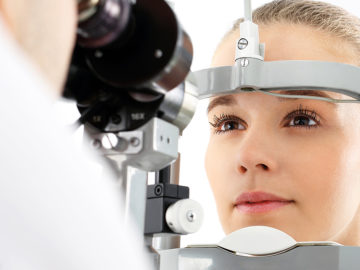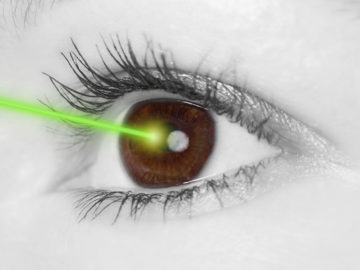How are dry eyes diagnosed?

The slit lamp helps the eye doctor in the diagnosis of dry eyes.
A stable tear film and sufficient lubrication of the surface of the eye are essential for the supply of nutrients to the eyes and to protect them. Symptoms such as reddening of the eye, or itching or burning in the eye could be an indication that the composition of the tear film is not optimal. Anyone with such symptoms such visit an eye doctor. They can confirm the diagnosis of dry eyes.
The eye doctor has different methods and techniques for testing the lubrication of the eye. The doctor will at first conduct a simple examination with the help of a slit lamp. This makes it possible for them to have an enlarged view of the eye. In so doing, the doctor can obtain an initial overview of the state of health of the eye. Find out more here about the other methods: they include measuring the rupture time of the tear film, the so-called Schirmer’s test or the temporary staining of the surface of the eye.
The rupture time of the tear film is shorter with dry eyes
If problems of lubrication of the eye are present, the tear film can rupture more quickly and therefore lead to the exposure of the sensitive cornea. This process can be optically proven and can therefore be used for the diagnosis of dry eyes. It entails an eye doctor staining the lacrimal fluid with a fluorescent dye (usually fluorescein). The patient may not blink during the examination and has to keep his eyes open. The doctor can clearly recognise cracks which appear in the film with the aid of coloured light from the slit lamp. The doctor measures the time until the first cracks appear. If the rupture time is below ten seconds, it indicates a malfunction in the oil content of the lacrimal fluid.
Reduced tear volume can be proven with Schirmer’s test
Schirmer’s test is an important procedure in the diagnosis of dry eyes as it can unequivocally prove reduced tear volume. As part of the process, small strips of filter paper are wedged under the lower eyelid while the patient has their eyes closed. It may be that the surface of the eye is numbed beforehand with a local anaesthetic in order to reduce irritation of the surface of the eye. The filter paper absorbs lacrimal fluid for five minutes. Once the time is up, at least one centimetre of the filter paper should be wet and therefore discoloured. If the wet section of the filter paper is, however, less than one centimetre there is a deficiency in the watery part of the tear film.
The staining of dead cells provides an indication of dry eyes
There are always some dead cells on the surface of the eye. If the tear film is disrupted, the number of dead cells rises. If drops of lissamine green or rose bengal are introduced into the eye, these dead cells from the cornea and conjunctiva temporarily change colour. Living cells do not change colour. If this staining highlights an excessive amount of dead cells, this is an indication of dysfunctional lubrication.
Changes in the conjunctiva indicate increased friction
If the tear film is ruptured, there is increased rubbing on the conjunctiva, and lid-parallel conjunctival folds (LIPCOF) can form. The manifestation of these folds allows conclusions to be drawn regarding the degree of severity of dry eyes. Permanent folds do not form in healthy eyes, but in dry eyes one or several folds become visible. The eye doctor can see this with the help of the slit lamp and so can gather more important indications for forming a diagnosis.
By combining different techniques, the eye doctor can diagnose a dysfunction in the lubrication of the dry eye and recommend appropriate treatment procedures such as the use of lubricating eye drops or ointments.


